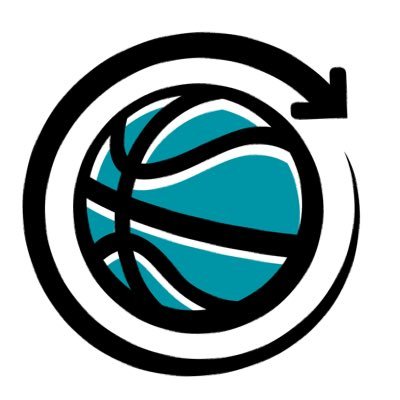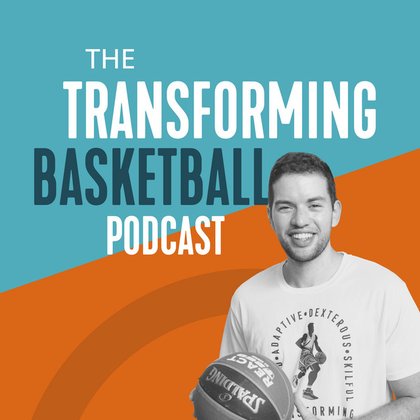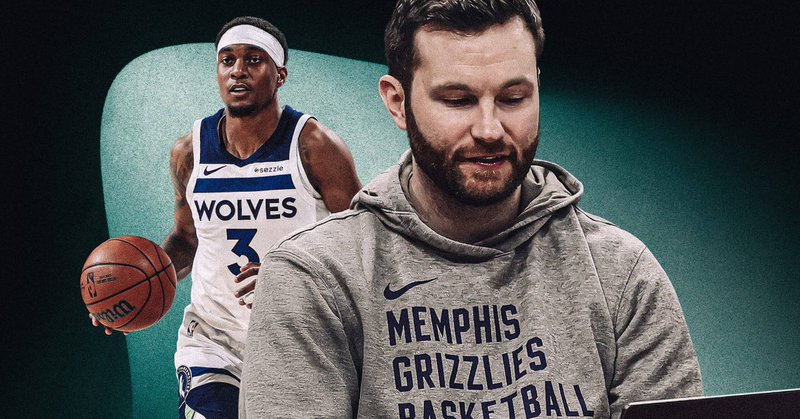
Rikard Aspegren
@RikardAspegren
Followers
2K
Following
24K
Media
1K
Statuses
18K
Youth Sports Director at Malbas BC. Formerly with @swebasketball. Passionate about player & coach development. Tweets in English & Swedish.
Malmö, Sverige
Joined February 2012
7/7 Learn more about the great work being done in Sweden on our Transforming Blog: https://t.co/ILR0ZrdnMI You can also listen to the Podcast Episode HERE:
open.spotify.com
The Transforming Basketball Podcast · Episode
0
4
6
5/7 To help with this change, Sweden produced an excellent coaching framework, introducing coaches to the key parts of motor learning research. This is supplemented with practical coaching clinics to bring the theory to life. 📚
1
1
3
2/7 Instead of copy-pasting coaching models from other European countries, Sweden built its own framework. The federation wanted a system rooted in evidence, not tradition, and one that could serve both grassroots players and national team athletes.
1
1
4
1/7 Sweden is one of the most forward-thinking basketball federations in the world when it comes to coach development. Their federation has fully embraced the Constraints-Led Approach (CLA) to guide player development at every level of the game. 🇸🇪🧵
1
9
69
Skill acquisition or skill adaptation? A fascinating presentation by Keith Davids on Ecological Dynamics — with deep implications for how we design training and coaching. #SundayShare
@SundayShare10 @Leecosgrove10
https://t.co/daxWNA8UNy
fifatrainingcentre.com
Keith Davids introduces the concept of ecological dynamics and explains how it can be applied to coaching to nurture more adaptable players.
0
14
49
1/9 The University of Missouri has become one of the most progressive programs in the NCAA. Their secret? They are committed to evidence-based coaching and are guided by the Constraints-Led Approach (CLA). 🏀🧵
2
11
98
“Head Coach Alex Sarama represents the next generation of coaching. He’s not just teaching the game, he’s transforming it.” - Vanja Černivec
1
21
122
.@andrewpleick and @rikardaspegren joined the Podcast to share how the Swedish Basketball Federation are implementing a CLA across the country through all their coach education.
0
1
4
0
0
2
💬 “Our role as coaches is not to give athletes all the answers, but to help them notice what information matters.” - @Marianne_D1
0
0
2
Quick example from basketball: If a player keeps missing short, don’t say “Use more wrist.” Try: “Send the ball higher or hit the top of the square.” Same goal, different focus — and usually, a better result.
1
0
0
Every athlete’s body and technique are different. When you coach through external focus, you allow players to find solutions that fit their own coordination, not force them into a single “perfect” model.
1
0
1
Think of language as a lens. 🔍 The words you choose guide what your players see as important. ➡️ Instead of giving body instructions, try using cues and analogies that focus attention outward.
1
0
0
Internal focus isn’t “wrong.” It can help during technical changes or early learning, when a player needs to understand a new movement. But the goal is to transition quickly back to external focus once the new skill takes hold.
1
0
0
Decades of research (Wulf, 2001; Chua et al., 2021) show that external focus improves performance and learning across all sports, for beginners and experts. Players move more efficiently, ”automatically”, and adapt better under pressure.
1
0
0
External focus = thinking about the effect or goal of the movement. 💬 “Aim for the center of the rim.” 💬 “Make the ball spin softly off the glass.”
1
0
0
Internal focus = directing attention toward one’s own body movements or mechanics. 💬 “Keep your elbow under the ball.” 💬 “Bend your knees more.”
1
0
0
Every cue, drill, or piece of feedback you give as a coach directs the players focus - and that focus shapes how the players move, learn, and perform. Let’s talk about internal vs external focus. 🧵
2
3
10
“You have to remove your ego as the coach who gives solutions and replace it with someone more important — the coach who strategically places obstacles in a player’s way and forces them to self-organize to conquer it.” Love this quote from Joe Boylan 👇 https://t.co/yPOaX9xcwJ
nytimes.com
The Constraints-Led Approach doesn’t just apply to basketball. It's a philosophy that can apply to managers and leaders in many fields.
1
4
13







